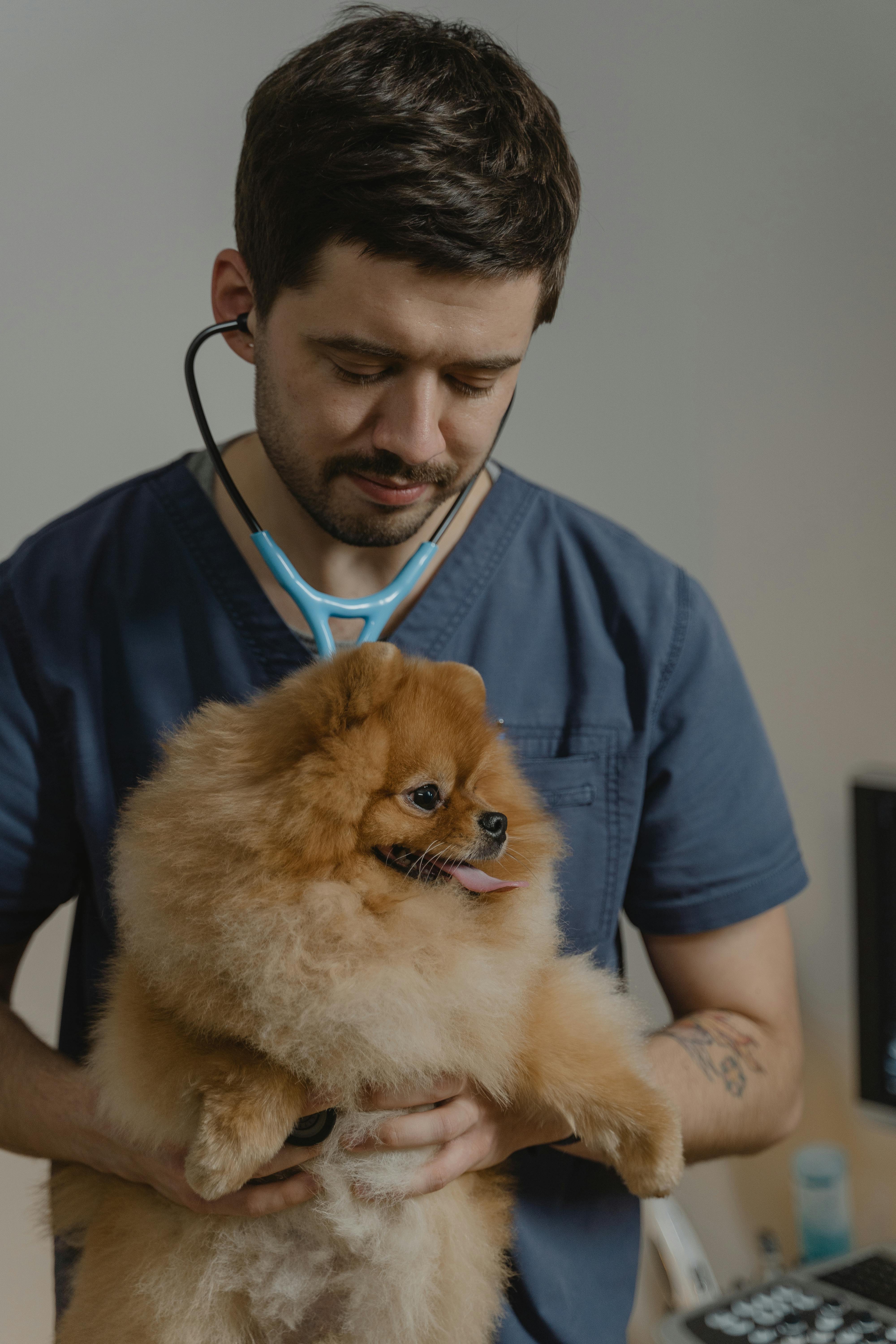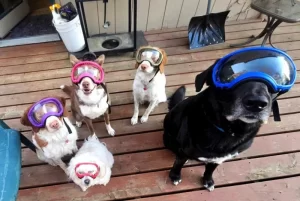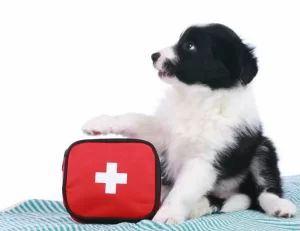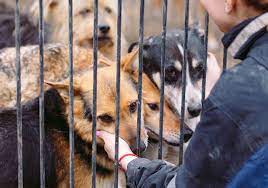Dogs often show signs of serious health issues through subtle clues we might miss. These silent symptoms usually don’t demand attention right away but ignoring them can lead to bigger problems down the line. Catching these early warning signs can make a huge difference in your dog’s well-being and help avoid costly treatments.
In this post, you’ll find seven quiet signals that could mean your dog needs help. Knowing what to watch for lets you act quickly and protect your furry friend. For practical tips on keeping your dog happy and healthy, check out our Dog Care Tips.
Table of Contents
ToggleChanges in Appetite and Drinking Habits
Even small shifts in how much your dog eats or drinks can hint at health issues you want to catch early. Dogs don’t just decide to eat less or drink more for no reason. These changes are your dog’s way of signaling that something may be wrong beneath the surface. Let’s break down these subtle signs so you can spot trouble before it grows.
Loss of Appetite as a Warning Sign
When your dog suddenly shows no interest in their favorite meal, that’s a red flag you shouldn’t ignore. A loss of appetite can show up all at once or creep in gradually, and it often points to pain or illness. Common causes include:
- Infections: Whether bacterial, viral, or parasitic, infections can make your dog feel too lousy to eat.
- Dental Problems: Tooth decay, gum disease, or mouth injuries can make chewing painful, especially if your dog’s drooling more or pawing at their face.
- Internal Issues: Problems like liver or kidney disease, gastrointestinal blockages, or even certain cancers can suppress appetite.
If your dog refuses food for more than 24 hours or shows other symptoms like vomiting, lethargy, or weight loss, it’s time to see the vet. Loss of appetite rarely happens without a reason, and addressing the root cause quickly can prevent serious complications.
For deeper insights on why dogs stop eating and what you can do, check out this detailed guide on dog loss of appetite causes.

Photo by Rafael Rodrigues
Increased Thirst and Its Health Implications
If you notice your dog is drinking water like it’s a desert out there, don’t brush it off. Increased thirst, or polydipsia, can be an early sign of serious health issues. Some common causes include:
- Diabetes Mellitus: Similar to humans, dogs with diabetes may drink more to flush excess sugar from their bloodstream.
- Kidney Disease: When kidneys don’t work well, your dog may drink extra to try and clear toxins.
- Other Conditions: Cushing’s disease, infections, or even side effects of certain medications can drive up thirst.
Keeping an eye on your dog’s water intake helps you spot potential problems early. Excessive drinking paired with frequent urination or changes in behavior needs a veterinary checkup.
For more on why your dog might be guzzling water, visit this comprehensive resource on increased thirst in dogs and health issues.
Changes in your dog’s eating and drinking habits are quiet signals that should raise your attention. Always track these habits and trust your instincts if something feels off. For practical advice on overall dog care and spotting early signs of illness, explore our Dog Care Tips.
Unusual Lethargy and Fatigue
Lethargy and fatigue in dogs might seem like simple signs of tiredness, but when they stick around without a clear reason, they can point to serious health problems. It’s important to notice when your dog is just taking a normal rest versus when they’re unusually sluggish or reluctant to move. Understanding these changes helps you catch illnesses early and get your dog the care they need quickly.
Behavioral Changes Linked to Fatigue
When your dog suddenly seems tired more often or avoids usual activities, it might be more than just a lazy day. Unusual fatigue can be linked to health issues like anemia, heart disease, or infections that sap your dog’s energy.
- Anemia reduces oxygen in the blood, leaving your dog weak and listless.
- Heart disease can cause poor blood flow, making it hard for your dog to keep up with normal play or walks.
- Infections, whether viral, bacterial, or parasitic, often drain energy as the body fights back.
To spot the difference between normal rest and troubling lethargy, watch for these signs:
- Your dog won’t get up even to eat or drink.
- There’s a clear change in their activity level and they stay down longer than usual.
- They seem disoriented or unusually slow to respond.
- The lethargy lasts for more than 24 hours without improvement.
If you see these patterns, it’s time to check with your vet. Your dog’s reluctance to move isn’t just tiredness—it’s a silent symptom that could hint at a deeper problem.
For more expert insights on what causes lethargy and how to respond, this guide on Lethargy in Dogs: When To Worry explains it clearly and could be your next must-read.

Photo by Tường Chopper
Recognizing these behavioral shifts early helps in protecting your dog. If your pet is acting unusually tired, you don’t have to guess what’s wrong—looking at these signs puts you ahead in spotting health issues before they get worse. For additional tips on reading your dog’s health signals, visit our dog care and health guides to keep your furry friend healthy and happy.
Subtle Breathing Difficulties
Breathing issues in dogs can start off quietly, without the obvious signs of distress we often expect. These subtle breathing difficulties tend to be overlooked because the changes are mild or happen gradually. But even minor irregularities in breathing can signal an underlying health problem that needs your attention. Knowing how to spot these small clues can help your dog get checked out before the situation worsens.
Identifying Mild Respiratory Symptoms
Spotting subtle breathing problems isn’t always straightforward. Your dog might still seem mostly normal, but there are signs you can catch if you watch closely. Look for these quiet clues in your dog’s breathing patterns:
- Slight wheezing or a soft whistling sound when your dog breathes in or out.
- A mild cough that happens occasionally, especially after exercise or excitement.
- Breathing that seems a little faster or shallower than usual, without heavy panting.
- Short pauses or irregularities in the rhythm of breaths.
- A subtle effort visible in the abdomen or chest as your dog breathes.
- Nasal flaring or the occasional sniffing, even if they aren’t congested.
These signs are easy to miss because your dog might still be active and eating well. However, breathing shouldn’t require extra effort or produce unusual sounds. Try to observe your dog when they’re resting calmly, as symptoms often become clearer then. Don’t confuse quiet breathing difficulties with normal panting or excitement-related breath changes.
Common Causes of Silent Breathing Issues
Several conditions can cause these subtle breathing problems, many of which start out mild and get worse over time. Knowing the common causes helps you decide when it’s necessary to see the vet:
- Allergies: Environmental allergies can irritate your dog’s airways, causing slight wheezing or coughing.
- Mild Respiratory Infections: Early-stage colds, kennel cough, or other infections can produce mild coughing and breathing changes.
- Early Heart Disease: Heart conditions sometimes present with subtle breathing difficulties before other signs like lethargy appear.
- Lung Diseases: Conditions such as bronchitis or pneumonia at an early stage may cause quiet wheezing or irregular breathing.
- Foreign Object or Mild Blockage: Something stuck in the throat or nasal passages could cause partial obstruction and irregular breaths.
- Tracheal Issues: Problems with the windpipe, such as collapse or inflammation, often lead to soft coughing and noisy breathing.
If you notice any of these mild respiratory symptoms, especially if they last more than a day or happen frequently, get your dog evaluated. Early detection can prevent complications and improve treatment outcomes.
For more on recognizing early breathing problems in dogs, this guide on Recognizing And Addressing Breathing Issues in Dogs offers clear explanations and practical tips. Understanding these subtle signs could be what saves your dog’s health.

Photo by Sergei Starostin
If you’ve been learning about other subtle symptoms to watch for in your dog, you may also find our tips on Unusual Lethargy and Fatigue helpful to round out your knowledge of quiet signs of illness.






![The Ultimate Guide to Road Tripping with Your Dog [2025 Update]](https://bellabeanupdate.com/wp-content/uploads/2025/05/pexels-photo-1143369-300x209.jpeg)























